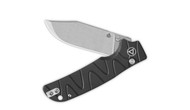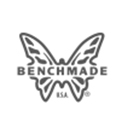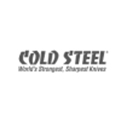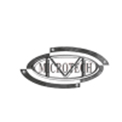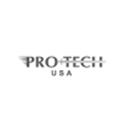Behind the Button Lock’s Popularity: Why It’s Great
27th Jan 2025
It would be disingenuous to suggest that there’s one (or even a few) features that are taking over the world of knife design. There are many.
But there is one that actually stands to make a lasting impact. It’s the button lock, and every knife maker is jumping on board. The industry innovators like CJRB and Kizer are hot to adopt this (sort of) new lock, and even dyed-in-the-wool traditionalists like Buck Knife Company have adopted it in models like the Sovereign.
Now here’s the thing about the button lock - even if you think the best Kizer knife or best Kershaw won’t have one - it is not a fad. Its popularity may in fact be driven by buzz, but it’s going to change the way we think about folding knife locks from here on out.
The reasons why will be covered here. But first, how it works.
How a Button Lock Works
There’s more than one design of button lock, so don’t take this purely as gospel, because mechanically the model you’re holding (or have your eye on) may be slightly different, but basically it goes like this.
There is a detent that holds the blade shut. In some cases, the button may lock the blade shut till it is depressed, in others, the detent holds it closed under friction.
In the blade stock there is a notch, divot or some sort of recess cut out of the base of the blade, that corresponds to a tensioner bar or to the internal portion of the button itself.
Opening the knife allows the blade to pivot until it is fully open, at which point the button or the tensioner bar will slide into place in the cutout on the blade, locking it in place until the button is depressed.
At its most basic, this is how most button locks work. But why is that such a big deal?
Well…
Intuitiveness
For one thing, button locks are generally pretty easy to figure out, and as more and more models hit the market, that will only increase.
Think of how many times you’ve unconsciously reached for a liner lock or a frame lock to close a blade, only to figure out the knife you’re holding has some other lock type.
That’s the sort of thing we expect to see happening once more manufacturers equip their knives with button locks.
Anyway, the presence of the button on one side or the other of a knife is quite obvious. And, buttons say one thing, and one thing only. It’s “push me.” That’s how you operate a button lock knife. You push the button, either to open or close it.
Contrast this with compression locks, liner and frame locks, bar locks, lockbacks and collar locks (among others) and you have what is in all likelihood the most intuitive knife lock design that’s ever been developed.
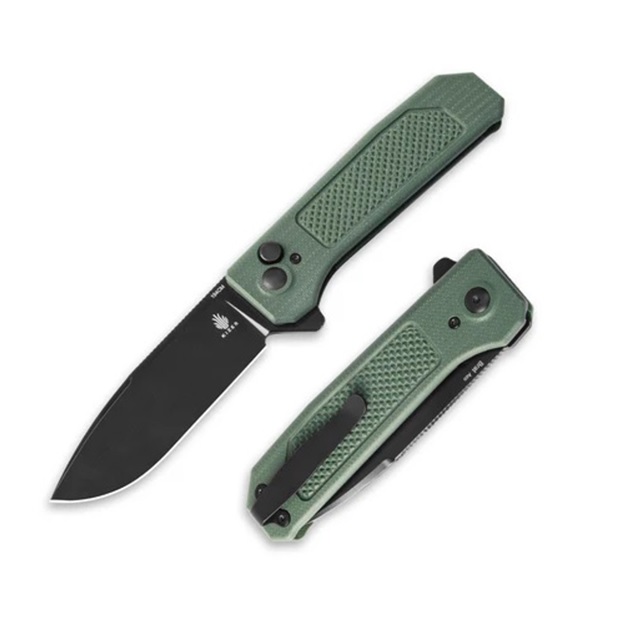
Strength
There is really only one lock type that can rival a button lock for strength and it is the bar lock, also sometimes referred to as the AXIS lock, after Benchmade, the company that developed it.
All the same, the design of the button lock is inherently very strong. Since the internal portion of the button itself is the part that sometimes locks the blade open, and it’s a small, solid, round piece of steel, there is nothing that can be done other than deforming the button or blade stock to force it to fail - and that would not be easy.
As a comparison, consider liner locks, which are probably the most common lock type among folders, all things considered. If you force the knife or stress the lock the liner can bend, enabling the blade to fold. This situation would also incur permanent damage on the knife, and is much less likely with a button lock.
Integrity
Here’s another thing; heavy use may cause slight deformation of some other lock types, namely liner locks, which can cause a bit of side to side play in the blade. The nature of a button lock effectively prevents this, making them among the surest locks in the industry.
Safety
There are numerous factors that make button locks safer than effectively all other lock types, except perhaps bar locks.
The first is that you can depress the button and close the blade without putting your fingers in the path of the blade, as you would have to do with a liner lock or frame lock.
Another is that some lock types, namely liner locks and frame locks, have a tendency to disengage when you’re twisting or torquing the knife. This can cause the blade to close unexpectedly which can prove quite dangerous. There is a lower chance of accidentally disengaging a button lock than most other lock types.
All in all, button locks are considerably safer for many reasons, as enumerated.
Form Factor and Fidget-Friendliness
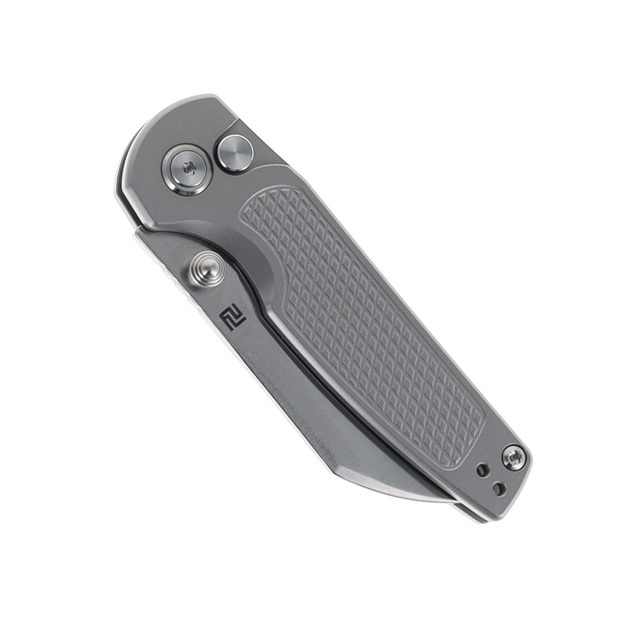
The utility and easy use of button locks are two other things that make them popular. For one, most models can be easily opened and closed with one hand, all without putting your fingers in the path of the blade, as indicated.
Also, button lock-equipped knives are just a ton of fun to fidget with. If you get one, you’ll spend hours flicking the blade open and closed. If you don’t believe it, just test that claim out.
The Best Kizer Knife for You Is Here
Here for the best Kizer knife or a Boker or QSP knife with a button lock? We have all these and countless others, especially as more and more knife makers jump on the bandwagon. Don’t expect that trend to taper off anytime soon. Every year there are more button lock models and that’s going to continue for the foreseeable future (just like pocket cleavers and bar locks).
Take a look through our full collection of folding knives and filter by button lock to see what we offer. There are a few models that are White Mountain Knives exclusives in there too.

